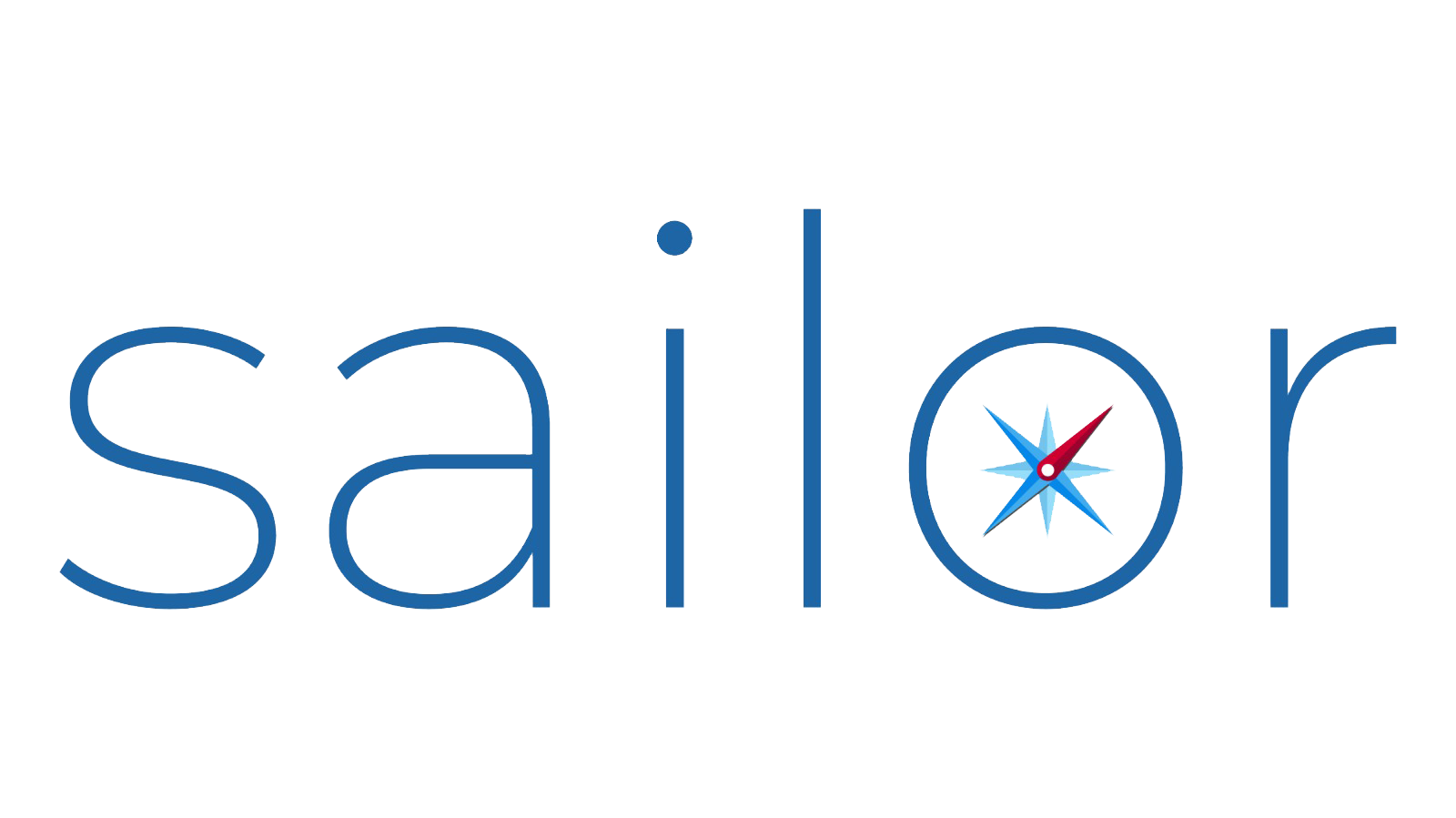Kubernetes Role-Based Access Control (RBAC) is a powerful tool for securing your Kubernetes cluster. It allows you to define roles and permissions for users and service accounts, so that they can only access the resources they need to do their jobs.
RBAC is based on the following principles:
-
- Least privilege: Users should only be given the permissions they need to perform their jobs.
-
- Separation of duties: Different users should have different roles and permissions, so that no one user has too much power.
-
- Auditing: All access to the cluster should be audited, so that you can track who is doing what and when.
Benefits of using RBAC:
There are many benefits to using RBAC in Kubernetes, including:
-
- Improved security: RBAC can help to prevent unauthorized access to your cluster and its resources.
-
- Reduced risk of human error: RBAC can help to reduce the risk of human error, by ensuring that users only have the permissions they need.
-
- Increased visibility and control: RBAC can give you more visibility into who is accessing your cluster and what they are doing. This can help you to identify and respond to security incidents more quickly.
-
- Improved compliance: RBAC can help you to comply with security and regulatory requirements.
How to use RBAC in Kubernetes?
To use RBAC in Kubernetes, you need to:
- Define roles and permissions. Roles are sets of permissions that can be granted to users or service accounts. Permissions are the specific actions that users or service accounts can perform on Kubernetes resources. You can use the
kubectl role createandkubectl permission createcommands to create roles and permissions. - Create service accounts. Service accounts are special Kubernetes objects that represent applications or workloads. You can use the
kubectl create serviceaccountcommand to create service accounts. - Bind roles to service accounts. You can use the
kubectl rolebinding createcommand to bind roles to service accounts. - Assign users to service accounts. You can use the
kubectl config set-credentialscommand to assign users to service accounts.
Here are some best practices for using RBAC in Kubernetes:
-
- Follow the principle of least privilege. Only grant users the permissions they need to do their jobs.
-
- Use roles instead of cluster roles whenever possible. Roles are more granular than cluster roles, and they can be used to restrict access to specific namespaces.
-
- Use service accounts for workloads. Do not expose your user credentials to workloads.
-
- Use resource-based access control (RBAC) instead of namespace-based access control (NBAC). RBAC is more granular and flexible than NBAC.
-
- Audit all access to the cluster. This will help you to identify and respond to security incidents more quickly.
Examples of using RBAC in Kubernetes
Here are some examples of how to use RBAC in Kubernetes:
-
- Grant a user the ability to create and manage deployments in a specific namespace. You can do this by creating a role with the permissions to create and manage deployments, and then binding that role to a service account. You can then assign the user to the service account.
kubectl role create deployment-manager kubectl permission add deployment-manager create,delete,get,list,patch,update deployments kubectl rolebinding create deployment-manager-binding –role deployment-manager –serviceaccount default –namespace my-namespace kubectl config set-credentials deployment-manager –token <your-token>
-
-
- Grant a workload the ability to read pods in a specific namespace. You can do this by creating a service account and binding the
pods.getpermission to it. You can then configure the workload to use the service account.
- Grant a workload the ability to read pods in a specific namespace. You can do this by creating a service account and binding the
kubectl create serviceaccount my-workload kubectl role create my-workload-role kubectl permission add my-workload-role get pods kubectl rolebinding create my-workload-binding –role my-workload-role –serviceaccount my-workload –namespace my-namespace
-
- Audit all access to the Kubernetes API server. You can do this by enabling audit logging in Kubernetes.
kubectl audit enable
RBAC is a powerful tool for securing your Kubernetes cluster. By following the best practices outlined above, you can use RBAC to reduce the risk of unauthorized access and human error, improve compliance, and gain more visibility and control over your cluster.
If you are looking for an easy way to manage and automate your cloud infrastructure, Sailor Cloud is a good option to consider. To learn more about Sailor Cloud, please visit the Sailor Cloud website: https://www.sailorcloud.io/
automate your cloud infrastructure, Sailor Cloud is a good option to consider. To learn more about Sailor Cloud, please visit the Sailor Cloud website: https://www.sailorcloud.io/
External Resources:
- Kubernetes RBAC documentation: https://kubernetes.io/docs/reference/access-authn-authz/authorization/
- Kubernetes RBAC tools: https://kubernetes.io/docs/reference/access-authn-authz/authorization/






